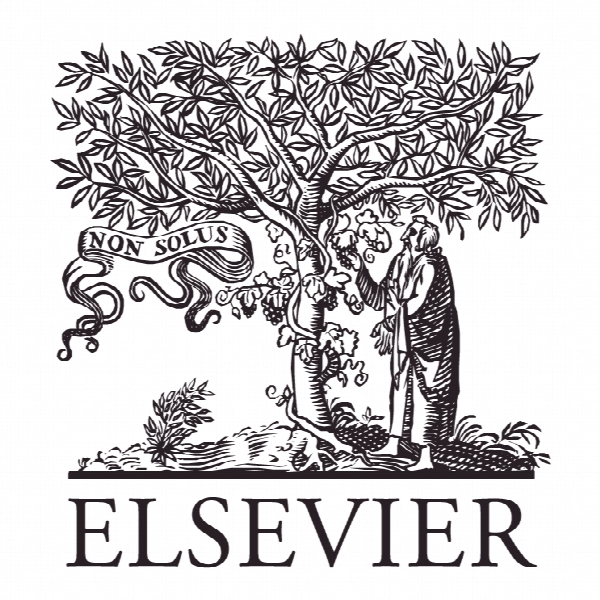بیمه بیکاری کارکنان و دارایی های نقدی شرکت Labor unemployment insurance and firm cash holdings
- نوع فایل : کتاب
- زبان : انگلیسی
- ناشر : Elsevier
- چاپ و سال / کشور: 2018
توضیحات
رشته های مرتبط مدیریت ، حسابداری و علوم اقتصادی
گرایش های مرتبط حسابداری مالی، اقتصاد مالی و مدیریت مالی، بیمه
مجله امور مالی شرکت – Journal of Corporate Finance
دانشگاه University of Texas at El Paso – Economics and Finance Department – USA
منتشر شده در نشریه الزویر
کلمات کلیدی ریسک بیکاری؛ سهامداران؛ مزایای بیمه بیکاری؛ دارایی های نقدی؛ رفاه کارکنان
گرایش های مرتبط حسابداری مالی، اقتصاد مالی و مدیریت مالی، بیمه
مجله امور مالی شرکت – Journal of Corporate Finance
دانشگاه University of Texas at El Paso – Economics and Finance Department – USA
منتشر شده در نشریه الزویر
کلمات کلیدی ریسک بیکاری؛ سهامداران؛ مزایای بیمه بیکاری؛ دارایی های نقدی؛ رفاه کارکنان
Description
1. Introduction U.S. firms hold substantial cash reserves. For example, in 2006, non-financial and nonutility Compustat firms reported aggregate cash holdings of $1.7 trillion, equaling 9.2% of their market value (Duchin, 2010). In addition, Bates, Kahle, and Stulz (2009) report that the average ratio of cash reserves to assets has increased dramatically since the 1980s. Given the economic importance of cash and the increase in cash levels of U.S. firms, it may not be surprising that a substantial literature stream has evolved linking cash levels to firm characteristics (e.g., Kim, Mauer, and Sherman, 1998; Opler, Pinkowitz, Stulz, and Williamson, 1999; Bates et al., 2008; Subramaniam, Tang, Yue, and Zhou, 2011), industry characteristics (e.g., Haushalter, Klasa, Maxwell, 2007; Qiu and Wan, 2015), and governance characteristics (e.g., Dittmar, MahrtSmith, and Servaes, 2003; Kalcheva and Lins, 2007; Faleye, 2004; Harford, Mansi, and Maxwell, 2008). Not only because cash levels are economically important, but also because high cash levels may be associated with agency problems as cash is easily accessible to management (e.g., Dittmar and Mahrt-Smith, 2007) which may lead to agency conflicts (e.g., Jensen, 1986; Pinkowitz, Stulz, and Williamson, 2006), a large part of the existing literature has focused on the relation between cash levels and shareholders. A much smaller literature investigates links between cash levels and other stakeholders. This is surprising because extant literature suggests that financial decisions may be influenced by other stakeholders as well (e.g., Titman, 1984; Cornell and Shapiro, 1987; Itzkowitz, 2013; Liu, Mauer, and Zhang, 2014; Ghaly, Dang, and Stathopoulos, 2015). Our paper adds to this line of enquiry by investigating the link between cash levels of U.S. firms and a different set of important stakeholders: employees.1 The extant literature analyzing the role of employees on cash holdings focuses on unions and bargaining power (i.e., Klasa, Maxwell, and Ortiz-Molina, 2009; Schmalz, 2013; Ghaly et al., 2015). In our paper, we analyze a different channel through which employees may effect cash holdings and investigate whether cash holdings are related to labor unemployment risk (i.e., lower unemployment benefits or UI benefits from hereon). Our focus on unemployment risk in setting cash levels is motivated by existing literature that suggests that unemployment risk is important to employees and the firms they work for, even when the firm is not close to potential bankruptcy (e.g., Brown and Matsa, 2015). For example, Agrawal and Matsa (2013) find that, when a state (exogenously) increases unemployment insurance benefits (i.e., reducing expected labor risk), firms increase their debt levels. Other than their paper, there is a scarcity of empirical evidence relating unemployment risk to corporate policies.


